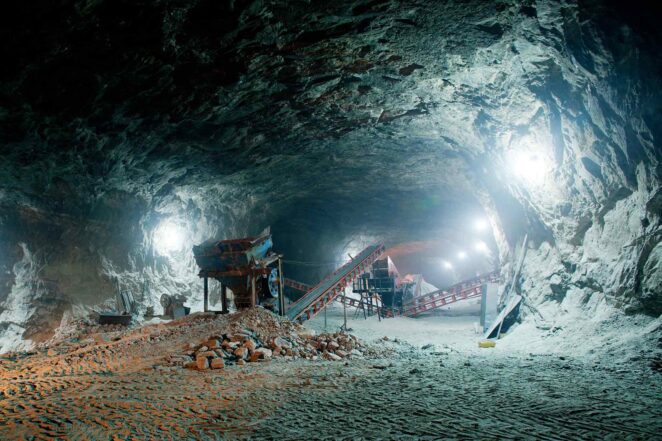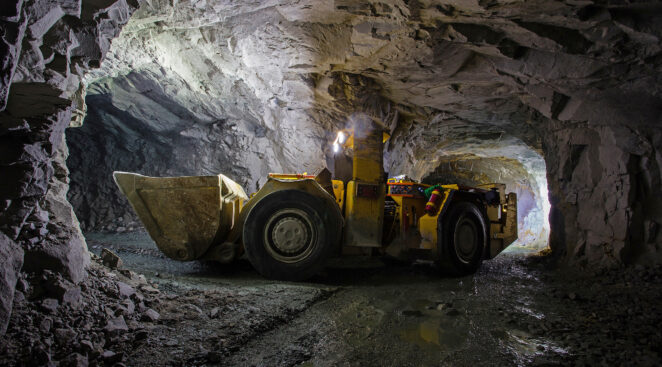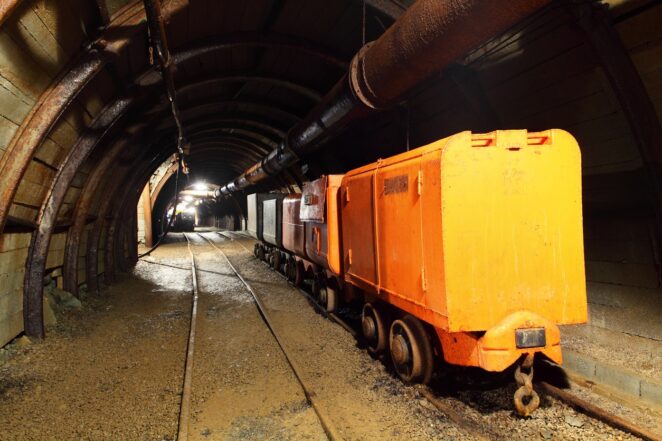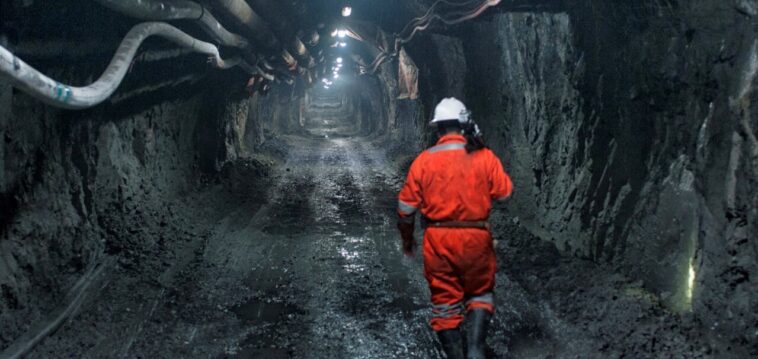Underground ore mining is one of the most important economic and industrial branches of many developed countries. The reasons for this are numerous – as are the techniques used in underground mining. In the following text, we will introduce you to some of these techniques.
Mining Is Of Great Importance For The Economy
Mining is a fundamental economic activity that deals with the exploration and exploitation of mineral raw materials in solid, liquid, or gaseous states. Of course, since mining is so significant for the economy – we should conduct specific research to make the deposit profitable and choose the method of exploitation. These researches most often include hydrogeological features in the reservoir, structural-tectonic conditions, gas-bearing capacity, etc. Such research is usually carried out by exploratory wells on the core – that is, from the surface of the terrain or underground premises, and by geophysical methods.
What Is Underground Mining?

Exploitation or extraction of mineral raw materials is most often performed by extracting ore from the surface or underground mines. Underground mining includes processes such as opening, development, preparation, excavation – and also, transport and export. Alternative methods of exploitation are underground coal gasification, borehole exploitation, dissolution of metal ores and salts, and bio extraction of metals from ore using microorganisms to avoid heavy, dangerous, and expensive underground work. The main threats to cave work are the presence of toxic and explosive gasses (especially methane in coal pits) – as well as mountain collapses, fires, and floods. Potential threats to the environment are the subsidence of the terrain above the excavated areas and the impact on groundwater.
Significance Of Underground Exploitation
It is estimated that two-thirds of the world’s non-renewable resources are minerals. Based on current knowledge, more than 70% of valuable mineral resources will have to be excavated in the future by underground mining. What you may not know is the fact that the highest quality deposits of metal and non-metal ores are located at depths greater than 500 m. Some of the most important raw materials we get this way are copper and bauxite ores, lead and zinc ores, and about 80% salt. Exhaustion of land by surface exploitation leads us to the introduction of new technologies and procedures in underground exploitation – which will be the backbone of the 21st and 22nd centuries. Therefore, we can freely say that the underground exploitation of mineral deposits will experience its renaissance today and in the following period.
Underground Mining Methods: What Do You Need To Know?

As we have already said, we already use two basic methods of ore mining, surface, and underground. Underground mining is a method used when the ore is located at a greater depth – or when we don’t want to disturb the soil or change the landscape. However, there is the main reason to resort to underground mining, and that is the economy. For something like this, modern mechanization specialized in mining is needed – and you can read more about it if you click here. However, we will look a little more at the methods of underground mining. Underground mining uses several basic methods of excavation – and here’s what you should know about it.
1. Room-and-pillar method
First of all, you should know that this method of underground excavation is most often used in metals and uranium excavation – but also for the exploitation of salt or coal. This method is most commonly used for so-called flat excavations – which include underground rooms whose weight is supported by pillars. Of course, these pillars, according to strict calculations, must be placed very precisely – and need to withstand the pressure and weight of soil, stones, and rocks. That is considered to be one of the safest methods which maintain the integrity of the excavation. Also, we must emphasize that this method is considered more economical and cost-effective than others – and is used mainly for deep but smaller deposits.
2. Block-caving method
Certainly, during underground ore mining, we cannot expect ideal conditions underground. The land is sometimes very steep at great depths – and that can make work more difficult. Then, we usually choose a method called block-caving, which we use to dig up inside large, steep ore mines. Sometimes this method is used during surface mining of ores – to extend the life of the surface mine or to extract additional quantities of ore when necessary. This method of underground ore mining is also considered economical.
3. Cut-and-fill method
It is a method we use exclusively for steep and irregular mining. Namely, when the conditions are such that the soil deep below is slope or irregular – then we use this method, which involves mining ore in particular slanted slices. Therefore, the name of this method is not surprising. The technique itself envisages mining that starts from lower levels, and goes to higher ones – and each excavated gap is filled with sand or even more often with stone. Although this method is not one of the most economical – its advantage is the smaller amount of waste rock.
4. Shrinkage-stoping method
This underground mining method is another useful method for the so-called steep ore body. Namely, this procedure is somewhat similar to the cut-and-fill method – but still with some differences. Namely, in the cut-and-fill method, each excavated level is filled with sand or stone that serves as support. However, in the shrinkage-stoping method, the broken and mined ore is left in that space – so it can serve as a support for the next level. In this method, the ore remains inside the excavation point until the entire excavation is mined at the very end.
Significance Of Methods Of Underground Mining

It is clear how important mining is for the economies of developed countries. Underground ore mining in the entire world is aspiring to further modernization and development of technological excavation procedures – that aim to increase productivity and economy. Today, in countries with developed mining, the methods of mechanized underground mining are used mainly on the principle of vertical or horizontal concentration. Excavation is the primary technological phase of the underground exploitation process, which has a decisive influence on other stages of the process, and we must pay special attention to the choice of system, method, and technology of excavation.




